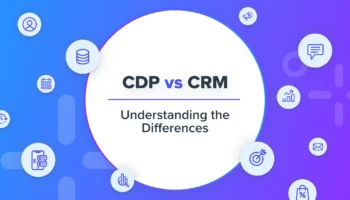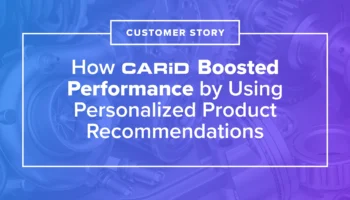At long last, Microsoft has finally published a post that covers their new sender requirements to go alongside the documentation that Gmail and Yahoo provided circa Q3 2023. This update comes as a blog post on the Microsoft Tech Community Hub which isn’t quite as center stage as Gmail’s more official documentation on their Support page. That said, we have no complaints about getting some official commentary from the last holdout of the “Big 3” inbox providers.
Outlook’s New Requirements and What That Means for Blueshift Senders

What’s changing with the Outlook updates?
Microsoft’s new requirements are primarily focused on larger senders at this time. Similarly their cutoff to be considered a bulk sender is also 5,000 emails per day. While this post notes that these are “Outlooks” new requirements, I would wrangle up all of the Microsoft domains in your active audience into one lump sum if you are trying to calculate things specifically. Those Microsoft domains would include, hotmail.com, outlook.com, live.com, msn.com, and all of the associated international TLDs like .ca or .co.uk for example.
If you are an active Blueshift sender, none of these new requirements should be too much cause for concern. Since getting up to speed with Yahoo and Gmail’s requirements, nearly all of those checkboxes should already be ticked such as having SPF and DKIM alongside at least a p=none DMARC policy. Although, there are a couple of notable variations that we picked out:
- Microsoft notes that the reply-to address for a sender needs to be valid and should be able to receive replies. At this stage, we don’t anticipate having a no-reply@ being an issue but if your no-reply address doesn’t point back to an actual inbox, this may be flagged. To be on the safe side, I would recommend ensuring that any reply-to addresses have an active inbox and preferably at the same parent domain as the sender.
- Microsoft also notes that unsubscribe links need to be clear and visible. However, unlike Gmail and Yahoo, this article does not note that the unsubscribe must be a one-click. While this distinction isn’t made, it may be semantics and Microsoft likely does encourage that behavior. Regardless, I would recommend reviewing your unsubscribe links so that they are easily identifiable to your subscribers.
Closing Thoughts
Overall there is nothing too new with this spontaneous announcement from the Microsoft team, but it is good to have more public alignment with the major inbox providers. With that in mind, these changes go into effect as of April 28, 2025 and non-compliant senders will start to see mail flowing into the junk folder. If the behavior continues, mail will eventually be rejected outright. As always, we here at Blueshift pride ourselves on pushing positive sending habits, keeping a strong sender reputation, and keeping our senders in the inbox. For additional deliverability insights and support, feel free to connect with our team on available Deliverability Services.
Written by:

Nathan She
Deliverability Manager


